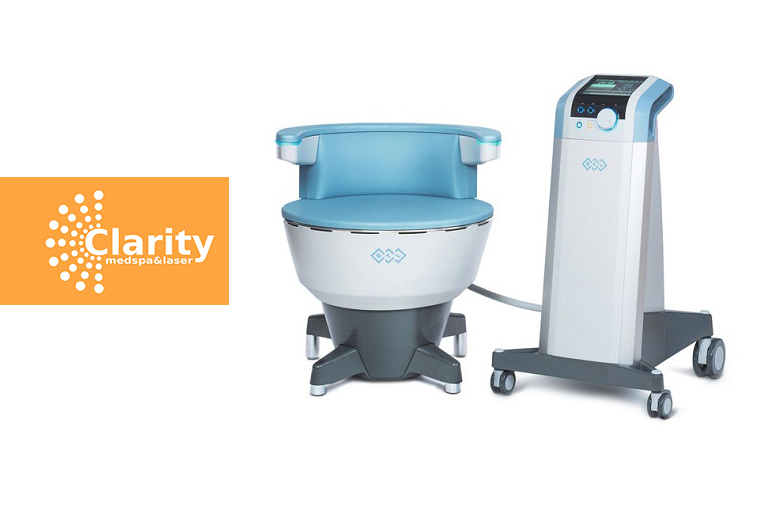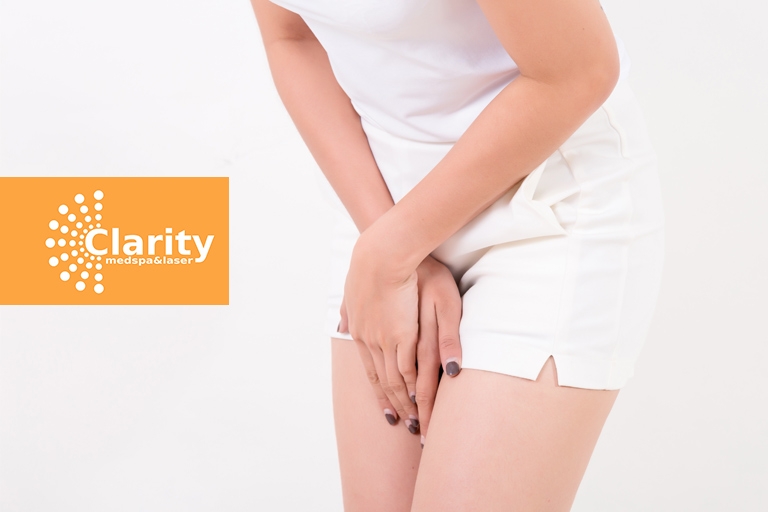Urinary Incontinence: Causes, Symptoms, and Treatments
In Canada, roughly 10% of the population have urinary incontinence. That means approximately 3.5 million Canadians are affected by it in some way. Urinary incontinence, or the inability to control one’s bladder, is undeniably an unpleasant and distressing problem.
While urinary incontinence becomes more common as people grow older, it is not a normal part of aging. Symptoms of urine incontinence can usually be treated with easy lifestyle and dietary adjustments, as well as medical attention. If incontinence is interfering with your everyday activities, visit your doctor.
What Is Urinary Incontinence?
Urinary incontinence is the inability to control urine leakage. It occurs when the bladder muscles that control urine flow contract or relax involuntarily, causing leaks or uncontrollable urination. You may empty your bladder, or you may only notice minor leakage in other cases. Depending on the cause, the condition may be temporary or permanent. Although not a disease in and of itself, it can be a symptom of a more serious medical condition.
Urinary incontinence in women is more common than in men; however anyone can be affected by this condition.
There are 3 general types of incontinence:
- Stress Incontinence
One of the most prevalent types of urine incontinence is stress incontinence.
When the pelvic floor muscles stretch, stress incontinence occurs. Physical activities, such as exercise, walking, bending, lifting, and even sneezing and coughing, put pressure on the bladder, causing leakage. It can range from a few drops to a tablespoon or more. It can range from minor to severe. - Overflow Incontinence
Overflow incontinence occurs when the body produces more urine than the bladder can contain, or when the bladder is full and unable to empty, causing urine leakage. It is also possible that something may be obstructing the flow, or the bladder muscle may not be contracting (squeezing) as it should. It is more common among men who have undergone prostate surgery or who have had difficulties with their prostate. - Urge Incontinence
It is also known as overactive bladder or urgency incontinence. With this type of incontinence, your brain signals your bladder to empty even if it isn’t full. Alternatively, the bladder muscles may be overactive. They contract to release urine before your bladder is full. The urge to urinate is triggered as a result of this. Men with prostate problems and women after menopause are more likely to develop urge incontinence. A person may also experience both stress incontinence and urge incontinence called mixed incontinence. - Total Incontinence
This occurs when the bladder is unable to store urine completely. There could be a congenital condition, a spinal cord or urinary system injury, or a hole or fistula between the bladder and the genitalia.
Symptoms of Urinary Incontinence
The involuntary release of urine is the most common symptom. The type of urine incontinence will determine when and how this occurs.
- Stress Incontinence
The main symptom of stress incontinence is urine leakage while active. The amount of leaking and how active it is determines the severity of the incontinence. It can be triggered by any of the following actions:- Coughing
- Sneezing
- Laughing
- Lifting
- Exercising
- Overflow Incontinence
Overflow incontinence is characterized by frequent tiny urinations and persistent dribbling. The bladder can’t hold as much pee as the body produces, or it can’t drain entirely, resulting in urinary leakage in little volumes. - Urge Incontinence
An abrupt, uncontrolled contraction of the muscular wall of the bladder results in an uncontrollable urge to urinate. When the urge to urinate strikes, the person only has a few seconds before the urine is released, no matter what they do.
Urinary incontinence can be caused by a variety of factors, including:
-
- An abrupt shift in one’s position
- The sound of water rushing
- Intercourse, particularly orgasmic sex
- Total Incontinence
The person either continuously leaks urine or has a frequent uncontrollable leaking of significant amounts of urine.
Causes of Urinary Incontinence
Urinary incontinence can be caused by a variety of factors, including lifestyle and underlying health issues. A comprehensive examination is necessary to establish the cause of your incontinence.
- Temporary Urinary Incontinence
- Some beverages, foods, and drugs can stimulate your bladder and increase the volume of urine you produce. These beverages include alcohol, caffeine, carbonated drinks, sugary foods, and heart and blood pressure medications.
- Temporary urinary incontinence can also be caused by a treatable physical illness, including urinary tract infection and constipation.
- Persistent Urinary Incontinence
Urinary incontinence can also be a long-term problem brought on by underlying physical issues or changes. This includes:- Aging
As you age, the bladder and urethra muscle weaken, reducing the bladder’s capacity to hold urine. In addition, as you become older, involuntary bladder contractions become more common. - Enlarged Prostate
Incontinence is frequently caused by enlargement of the prostate gland in elderly men, a condition known as benign prostatic hyperplasia. Prostate cancer treatment has been linked to stress incontinence or urge incontinence. - Menopause
Women produce less estrogen after menopause, a hormone that helps keep the bladder and urethra linings healthy. Incontinence can be made worse if these tissues deteriorate. - Neurological Disorders
Multiple sclerosis, Parkinson’s disease, a stroke, a brain tumor, or a spinal injury can cause urine incontinence by interfering with nerve signals involved in bladder control. - Obstruction
An obstruction, like a tumor or urinary stone, anywhere along your urinary system can block the normal flow of urine, leading to incontinence. - Pregnancy and Childbirth
Postpartum urinary incontinence is common. This can be caused by hormonal changes and the fetus’s increased weight. Vaginal delivery can also impair bladder muscles, nerves, and supportive tissues, resulting in a prolapsed pelvic floor. Prolapse occurs when the bladder, uterus, rectum, or small intestine are forced down and protrude into the vagina. Incontinence may be linked to such protrusions.
- Aging
Treatment for Urinary Incontinence
Fortunately, urinary incontinence can be treated through the following:
- Bladder training – Pelvic Floor Therapy
Pelvic floor exercises, commonly known as Kegel exercises, strengthen the urinary sphincter and pelvic floor muscles, which are responsible for urination control. The goal is to manage the urges to go to the bathroom. The patient learns to postpone peeing whenever the need arises. It allows the patient to progressively restore bladder control. - Medication
Medication can also be used in conjunction with other treatments or activities. Common urinary incontinence medications include anticholinergics to calm hyperactive bladders, topical estrogen to reinforce tissue in the urethra and vaginal areas, and imipramine, a tricyclic antidepressant. - Surgery
If other treatments fail, surgery may be a possibility. Sling procedures and bladder neck suspension procedures are the two most popular surgical techniques used to address urinary incontinence. - Emsella Urinary Incontinence Treatment

Thanks to huge medical breakthroughs over the previous few decades, there are new, exciting approaches to strengthen your pelvic floor and treat urinary incontinence. Emsella chair therapy stimulates the pelvic floor muscles and treats incontinence with ground-breaking High-Intensity Focused Electromagnetic technology. It aids in the stimulation of new fibroblasts and collagen formation, increasing the health of the tissues in the pelvic floor area.
Urinary incontinence is more than just a physical issue. It can also cause embarrassment, which can then lead to social withdrawal and depression. Anyone concerned about urinary incontinence should know whom to speak with and when to do so.
Here, at Clarity MedSpa, we’ll help you out and make you feel at ease as you discuss your problems. We’ll also provide you with advice on the best treatment for your specific situation. For Emsella Urinary Incontinence Treatment in Toronto, you’ve come to the right place. Call us today at (416) 960-2222 to learn more.


 Linkedin
Linkedin Facebook
Facebook  Instagram
Instagram  Twitter
Twitter  Youtube
Youtube